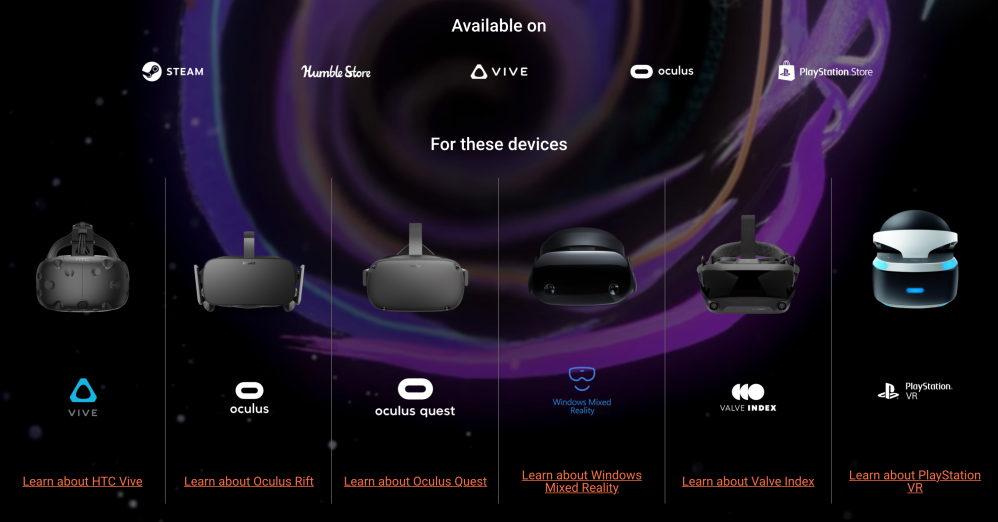
In the early days of VR, Tilt Brush was widely regarded as a premier application that helped sell the platform’s immersiveness. Google acquired the painting app in 2015 amid their big, multi-pronged push into the space. Tilt Brush is no longer being actively developed, and Google announced today that it’s now open sourced.
Tilt Brush launched on the SteamVR platform for the HTC Vive VR headset in April 2016. It went on to help users create their artwork on every major VR platform, including the Oculus Rift, Windows Mixed Reality, Valve Index, PlayStation VR, and Oculus Quest VR headsets.
Google is open sourcing Tilt Brush to allow “everyone to learn how we built the project, and encouraging them to take it in directions that are near and dear to them.” This comes as the last update (version 23) was released in March 2020, with today’s post explicitly stating how Tilt Brush is “not an actively developed product.”
Available on GitHub, it’s available to use, distribute, and modify under the Apache 2.0 License. However, Google will not be taking pull requests, while some changes and removals were made “due to licensing restrictions.”
In almost all cases, we documented the process for adding those features back in our comprehensive build guide. ‘Out of the box,’ the code in the archive will compile a working version of Tilt Brush, requiring you only to add the SteamVR Unity SDK.

The company currently has no plans to pull the version of Tilt Brush available in digital stores, which were paid purchases. For example, it’s still available on Steam for $19.99 today.
Late last year, Google announced it was shutting down Poly, its 3D model sharing site, and the dedicated Expeditions app. Meanwhile, Google Cardboard went the same route as Tilt Brush in 2019. On the hardware front, Daydream is no longer supported, while Tango was long abandoned for phone-based AR.
This is just the latest in Google’s mid-10s foray into virtual reality coming to an end. The company is currently focused on augmented reality as seen with ARCore and web-based approaches, like 3D objects in Search.
Author: Abner Li
Source: 9TO5Google



